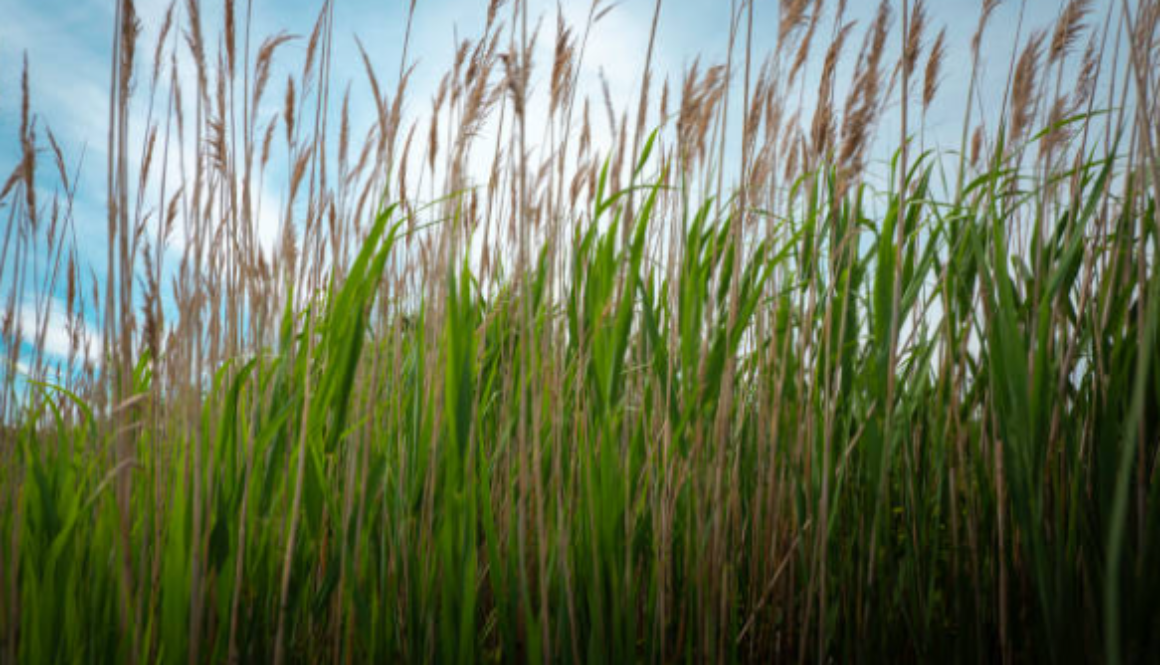Reed
Reed, scientifically known as Phragmites australis, is a tall perennial grass commonly found in wetland habitats around the world. With its sturdy stalks and feathery plumes, reed plays a vital role in wetland ecosystems, providing habitat for wildlife and helping to stabilize soil along waterways.
Part Used:
The stems and leaves of the reed plant are the primary parts used for various purposes. These parts are harvested and processed for their fibrous material, which is prized for its strength and flexibility.
Usage:
Reed has a wide range of practical uses in construction, crafts, and landscaping. Its fibrous stems are commonly used in thatching for roofing and wall construction, providing natural insulation and weatherproofing. Reed mats and screens are crafted for privacy fencing, decorative panels, and erosion control along waterways. In landscaping, reed is valued for its ornamental qualities, adding texture and movement to garden ponds and water features.
Agrotechniques:
Cultivating reed requires a moist, marshy environment with rich, organic soil. The plant thrives in full sun or partial shade and is tolerant of fluctuating water levels. Reed can be propagated from seeds or rhizome divisions, with planting typically done in early spring or late summer. The plants should be spaced apart to allow for optimal growth and air circulation. Regular maintenance includes watering during dry periods and occasional fertilization to promote healthy growth.

